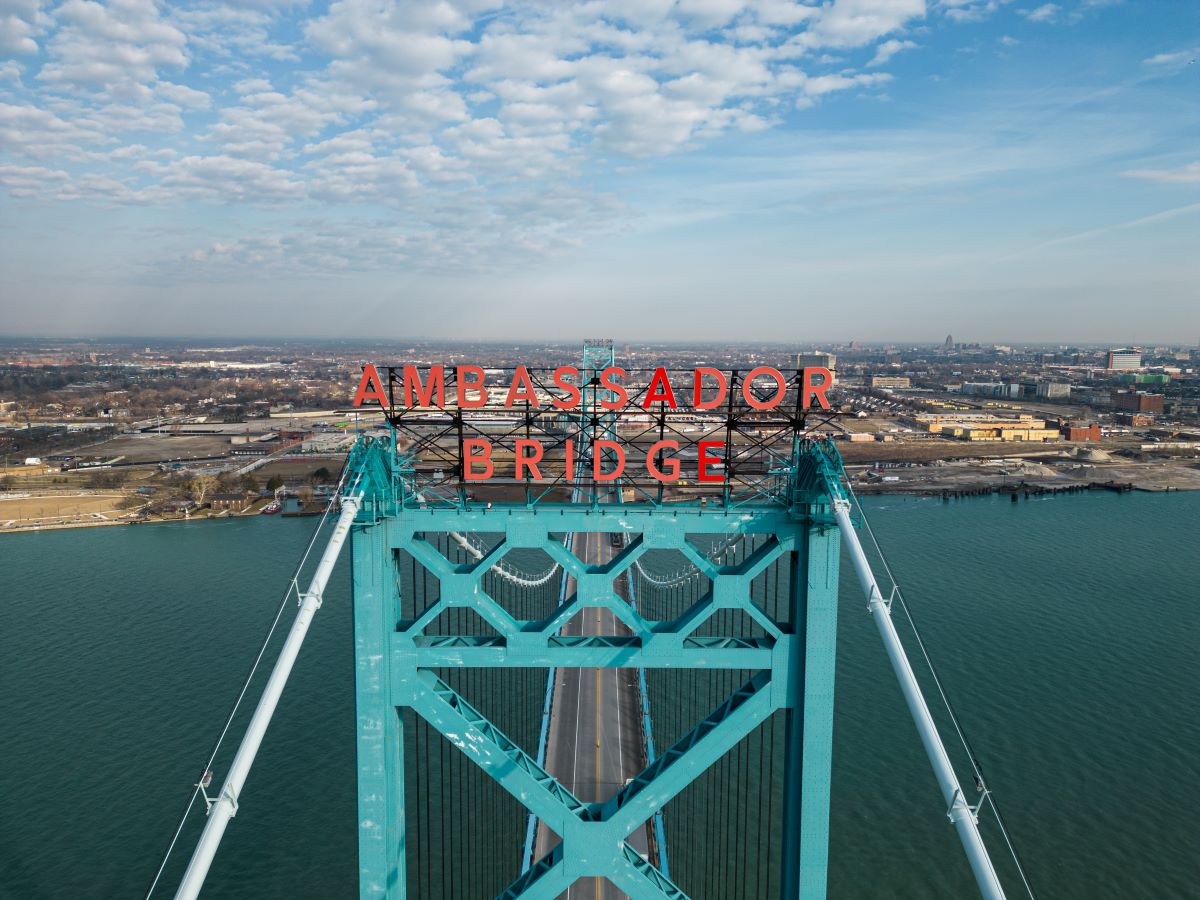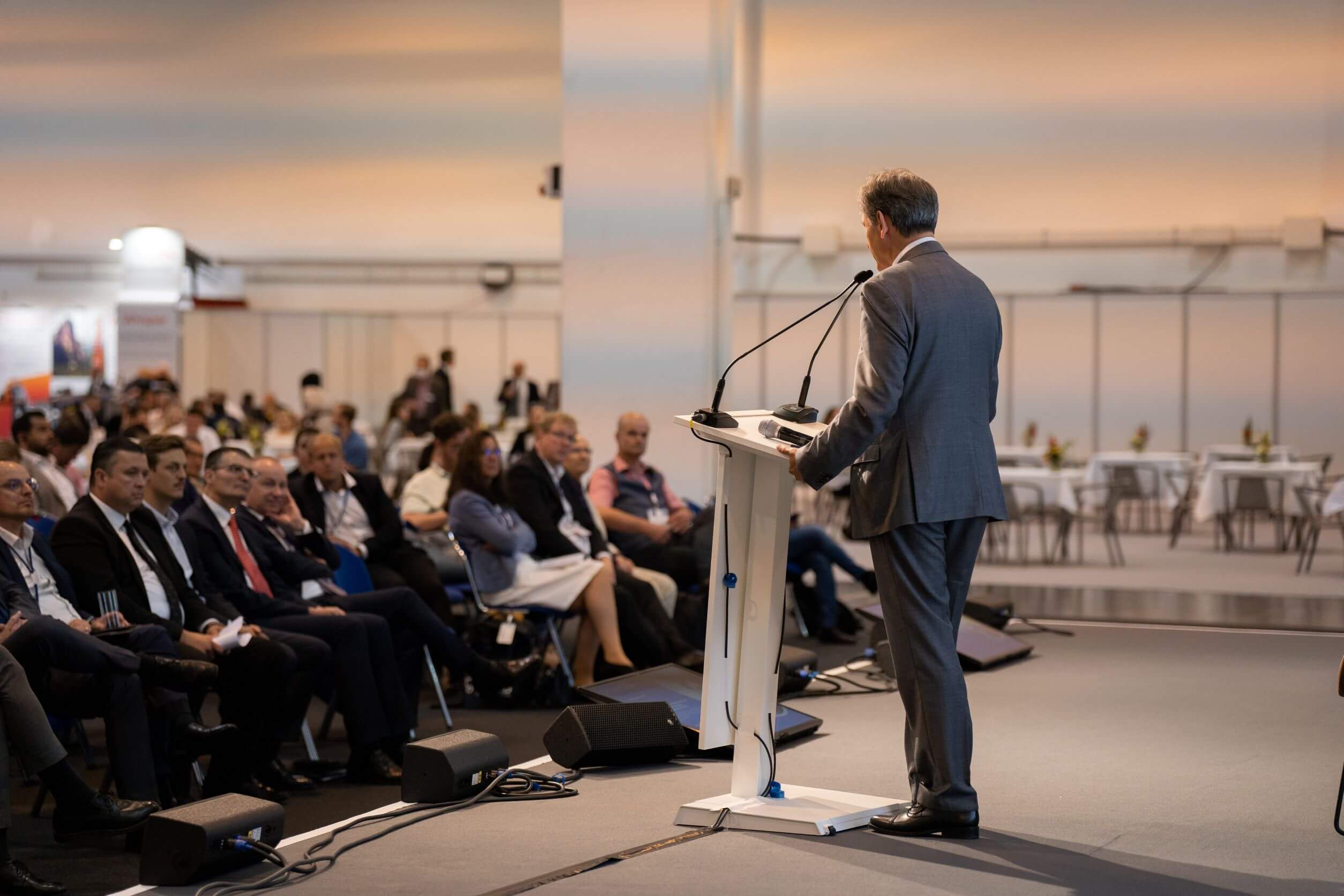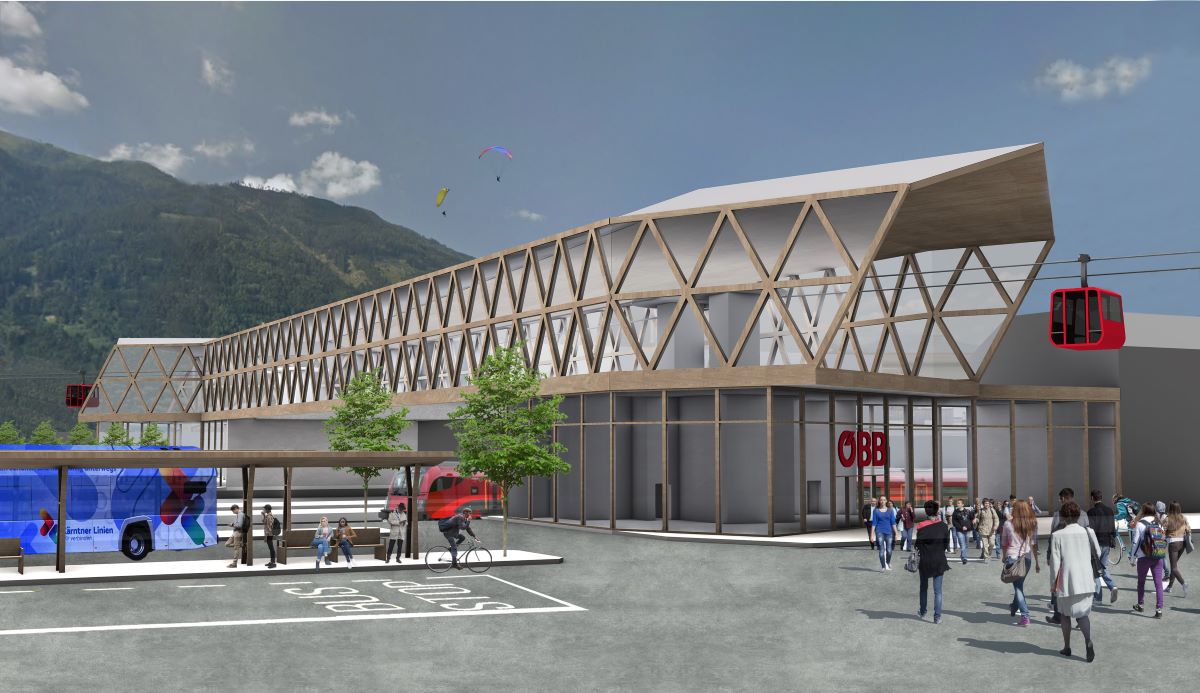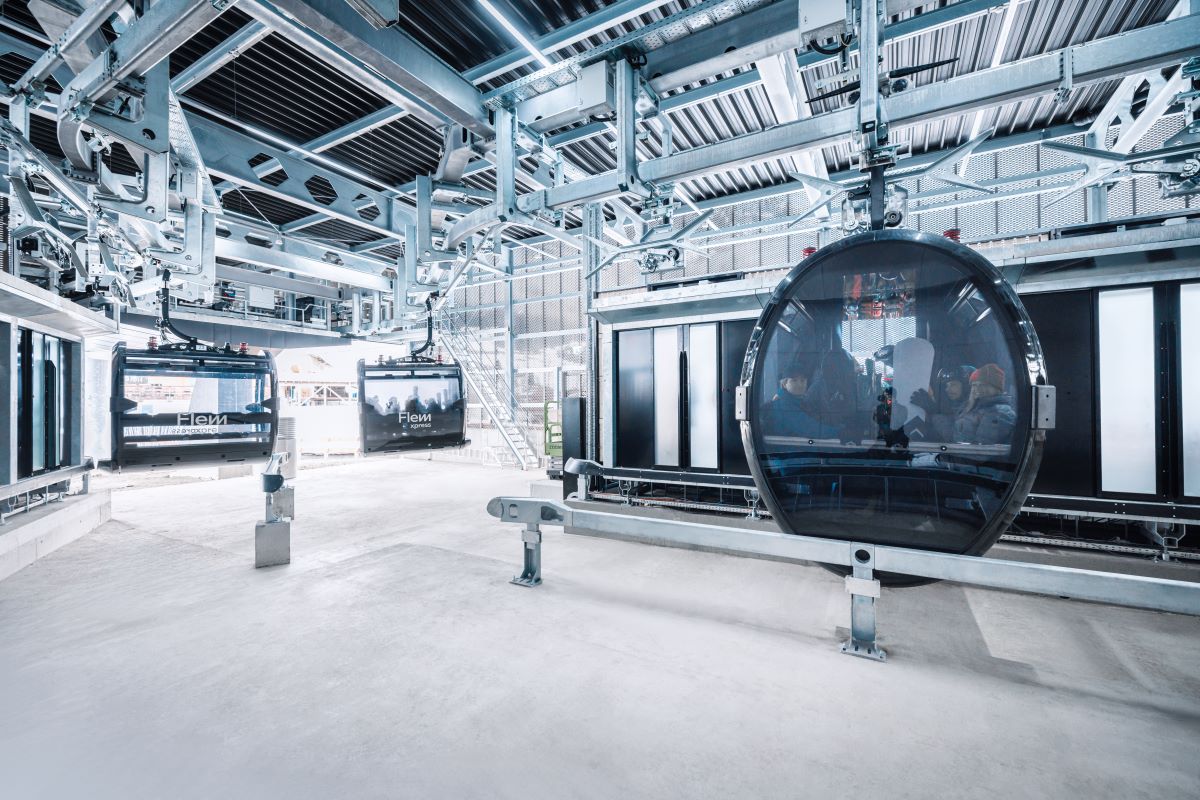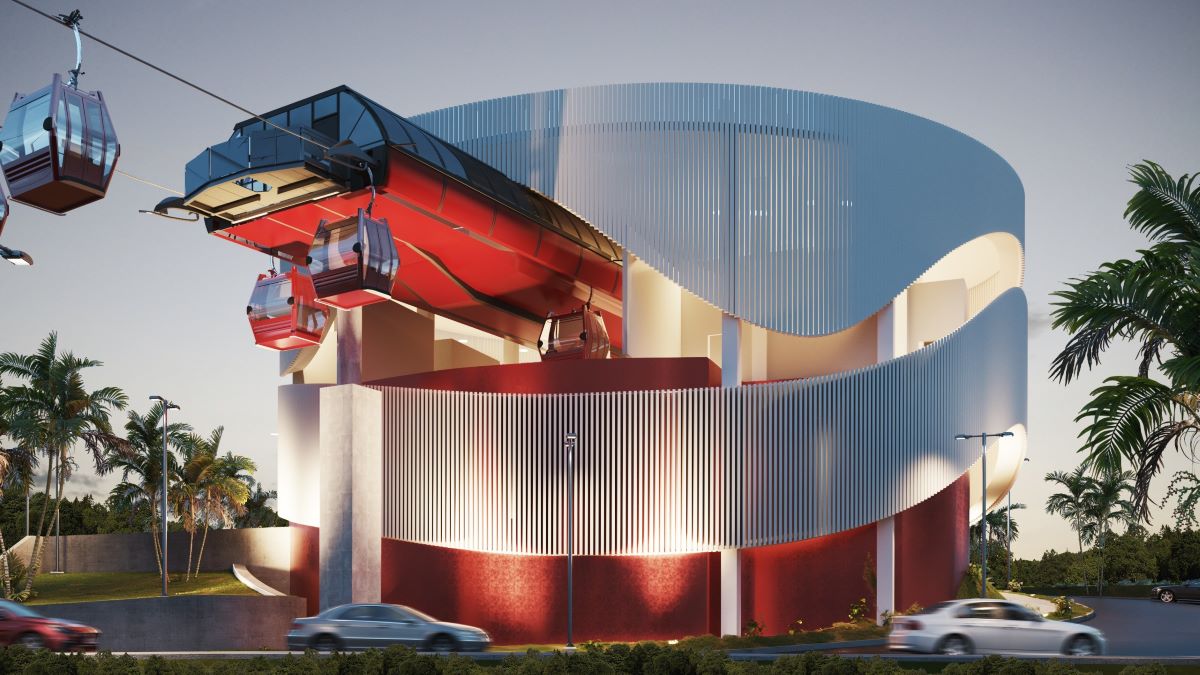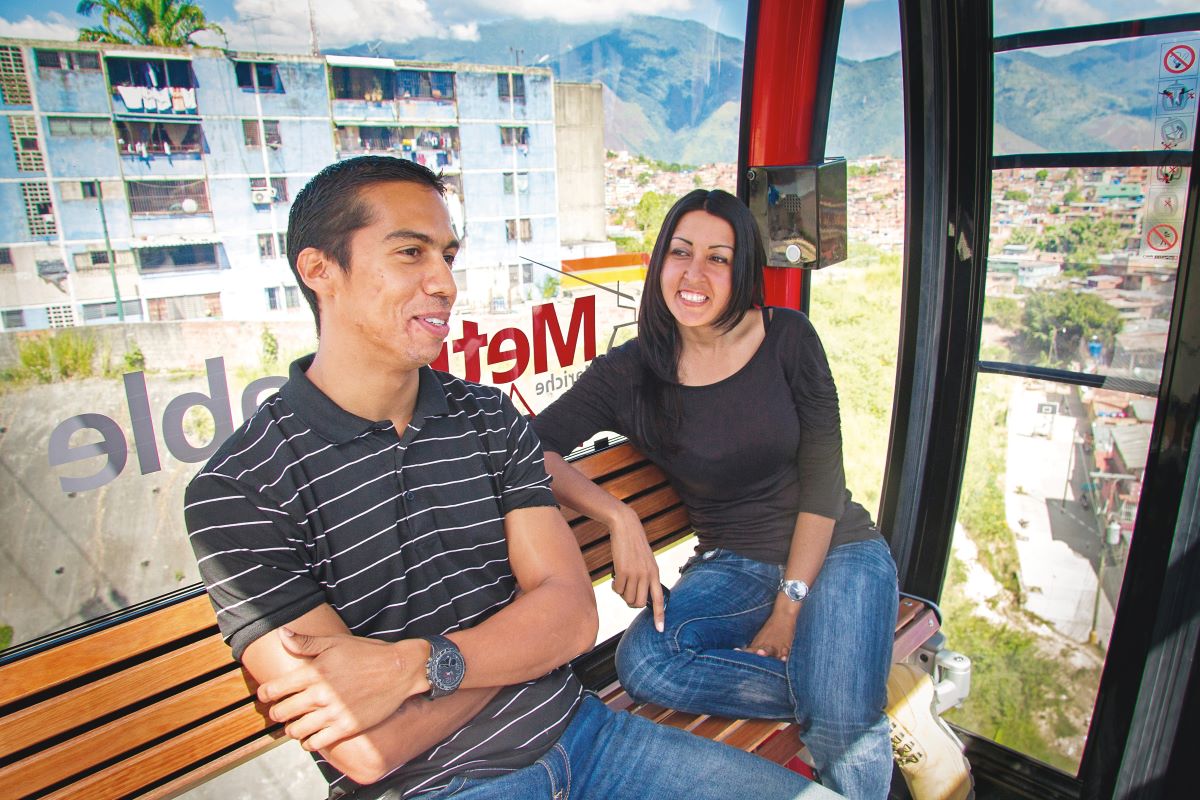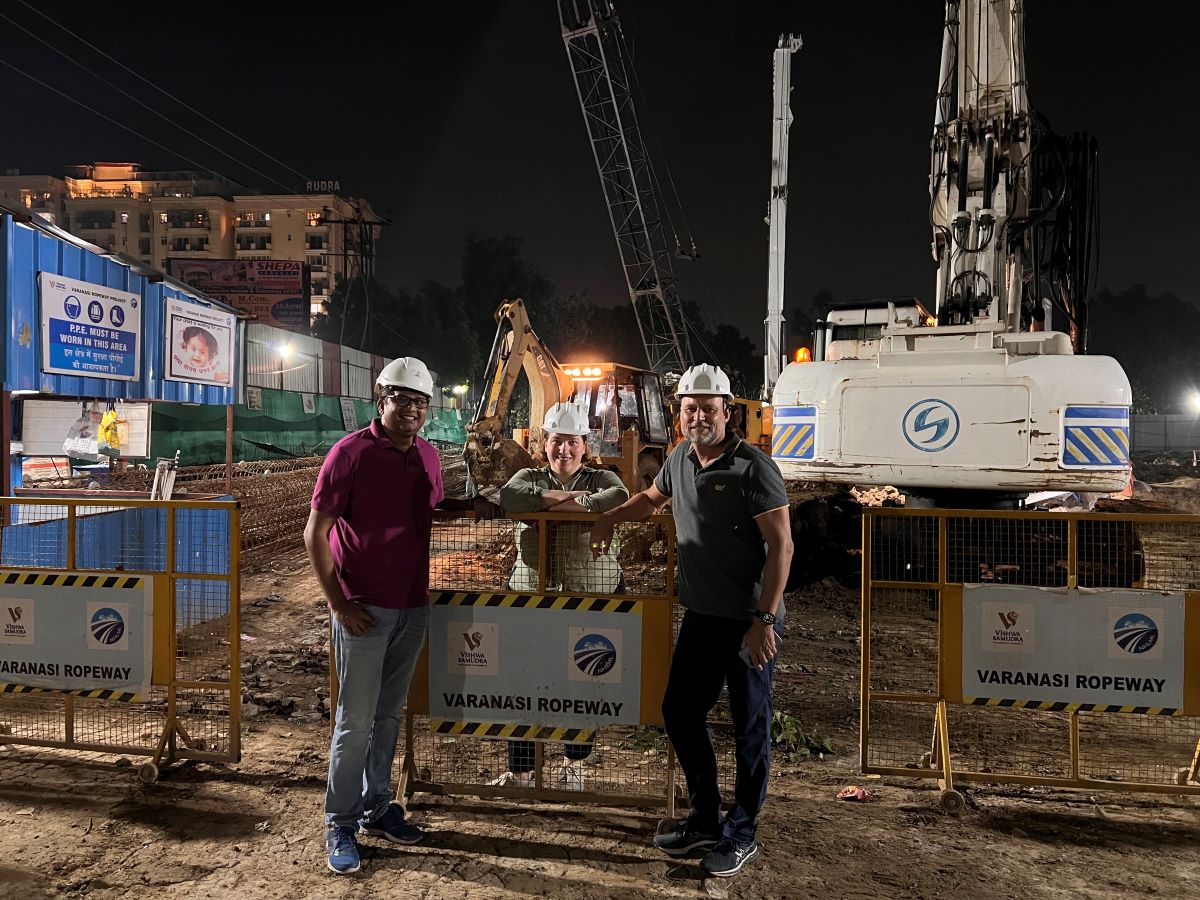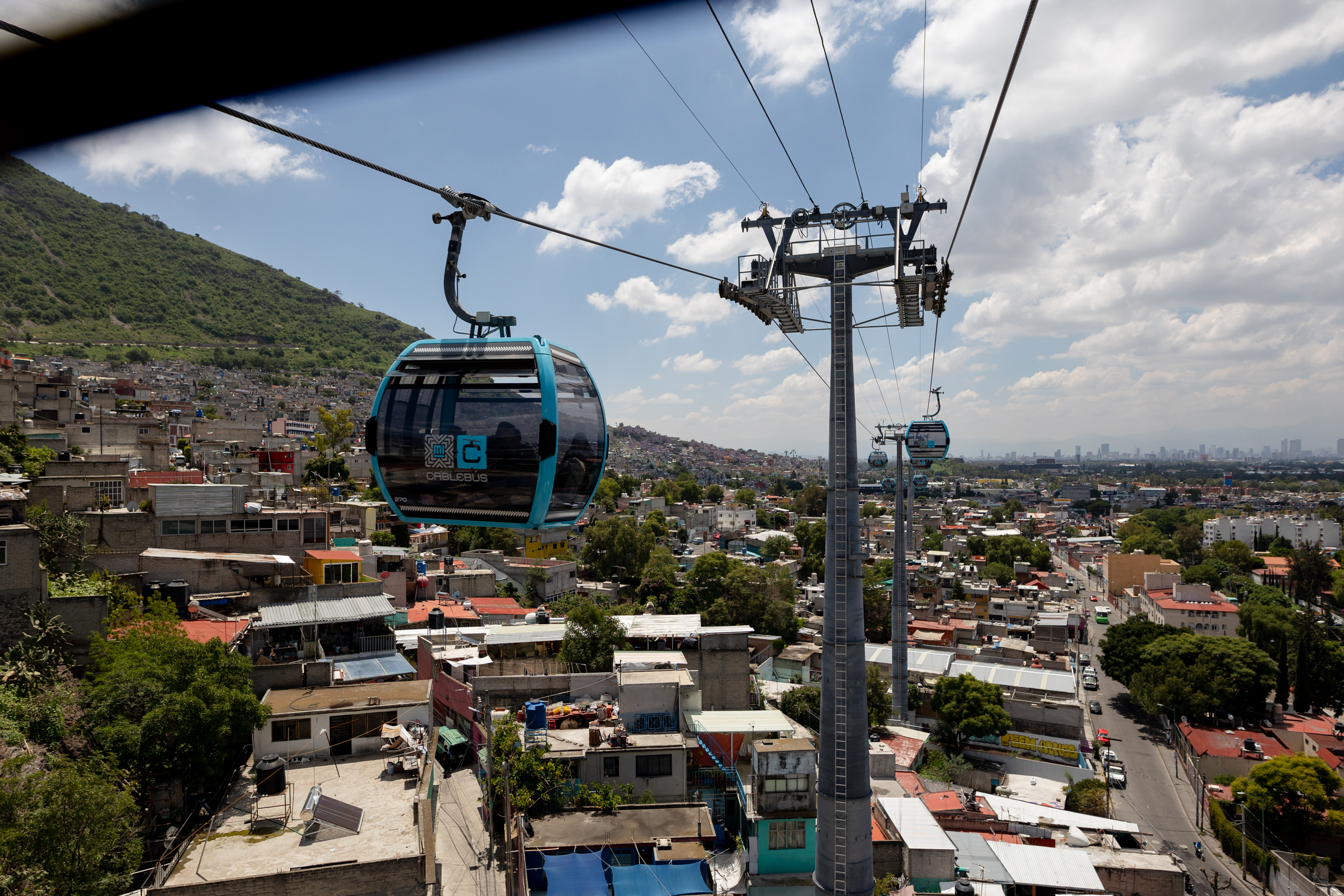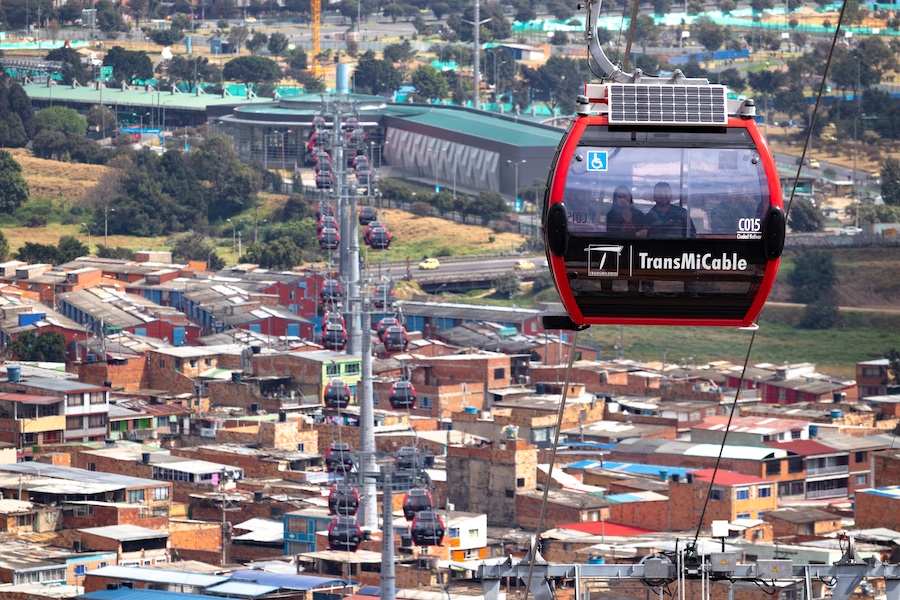URBAN CABLEWAYS
Cableways and mountain railways are not only used in the winter sports industry. They’ve also become a practical means of transportation in cities, which is why we decided to launch SI Urban Magazine. Here we focus on the various topics that are relevant to the urban sector, which are sorted into the categories city, tourism and airport. Each of them will provide you with exciting news about technology, maintenance & service, security, surveillance, city and landscape planning and much more. Innovations, new types of projects and optimal solutions from all over the world should encourage reflection, help in finding ideas and reveal new opportunities.
Crossing border by cable car
The border crossings between Detroit in the USA and Windsor in Canada are the busiest in North America. More than 40,000 commuters and tourists cross the Ambassador Bridge, with 25 percent of the trade between both countries passing through it. Similarly, the Detroit-Windsor Tunnel, with over 13,000 vehicles per day, is also considered overwhelmed. Hence, an urban cable car is now under discussion.
Cable Car World: The program is set
Cable Car World is the world's first trade fair to focus on urban cable cars as an equally important component of new urban mobility and will be accompanied by an integrated specialist congress. The preliminary program has now been finalized. The overview of the keynotes on June 04 and 05, 2024 at Messe Essen.
The potential of urban cable cars in towns
Municipalities in the Alpine region are often perceived as natural landscapes rather than urban areas, despite research from the Vienna University of Technology (TU Wien) indicating urban characteristics within the Alps. The researchers aim to change this perception, including through the implementation of urban cable cars.
Brno: Cable car from expo to campus
Public transportation in Pisarky, a district of the Czech city of Brno, is undergoing significant changes. In addition to a Park & Ride facility and a new tram loop, a cable car to the campus is planned.
Ropetaxi is now reality
For some time now, the cable car manufacturer BARTHOLET has been developing its „Ropetaxi“ – cabins that drive autonomously and whose destination is chosen by the passengers themselves. Now the concept has become reality: The first Ropetaxi has been in operation since December 2023 and the urban cable car on demand can now be realised.
Cash flow: Costs and benefits of urban cable cars
How much do cities have to invest to build and operate cable cars? And what benefits do they derive from it? Using the example of the planned cable car in the German city of Bonn, the renowned engineering firm Spiekermann has carried out such a cost-benefit analysis.
125 years of travel with wastewater
The landmark-protected, water-balanced funicular in Freiburg is one of the last of its kind. This year, the facility celebrates its 125th anniversary. Reason enough to take a closer look at the iconic symbol of the Swiss city.
The Dominican Republic is investing in another cable car by POMA
The Dominican Republic is increasingly relying on urban cable cars. Currently, the capital city of Santo Domingo has two cable car lines manufactured by the French company POMA. Now, another line is being introduced in Santiago de los Caballeros.
Demand for cable cars
How many people really want to ride the urban cable car? Therefore, the Graz University of Technology (Austria) has developed a new approach to answer this question.
Interview: Learnings from India
Cable Car engineer Stephan Salzmann in the SI Urban interview about the current projects “Varanasi 2“ and “Kamakhya“ – and which learnings are relevant worldwide.
Latin America: Succes for urban cable cars
Urban cable cars open up a completely new, independent level for sustainable public transportation. In Latin America, their advantages over other transportation systems have been appreciated for many years. DOPPELMAYR has already implemented numerous cable car projects in the region and continues its successful streak with additional new installations in Bogotá, Mexico City, Uruapan, and Santiago de Chile.
How supports can enrich public spaces
Vienna University of Technology examined the social and spatial potential of urban cable car supports. Three cable cars in Latin America were considered specifically in case studies. The results are newsworthy.

